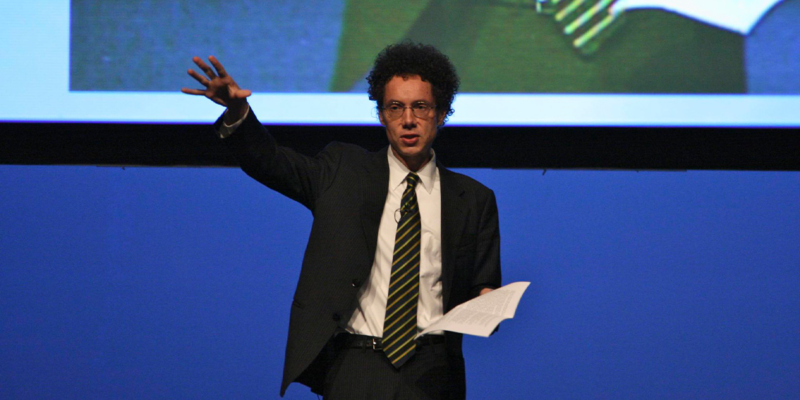Collision Course
In the last month, I’ve had the opportunity to listen and learn a lot about the modern workplace and the principles behind its design. The philosophy goes well beyond the phrase “open” and really capitalizes on the idea of activity based working and creating spaces that allow for independent work, team collaboration, large team meetings, all hands get-togethers, guest interactions, learning events and personal calls and tasks.
We also hear some negative feedback about open office concepts in regard to over stimulation and lack of focus and/or productivity.
However, I’ve come to realize over the last month is that many designers and companies are more than willing to risk small decreases in productivity in order to gain something else — innovation. How does the modern, open office potentially yield more innovation?
I’ve said in the past that the problem with Moore’s law (the law that says transistor size decreases by 50 percent, essentially doubling computer power, every two years) is that doubling computing power doesn’t necessarily yield innovation. I can put two engineers with the same mindset in a room, doubling their collective human computing power and get absolutely nothing new. That is unless I somehow add a creative spark. That spark usually comes from something outside the system.
Biological systems are the same way, in that species with little biodiversity stagnate over time, until two different populations meet, introducing new traits and yielding new possibilities for the continued health and evolution of the species itself.
The modern workplace, if designed properly, provides a catalyst for innovation through a concept called “creative collisions.”

Particle Collision in LHC (Large Hadron Collider)
Purposeful collaboration between teams is valuable, but what may be even more valuable is the ability to create accidental and opportunistic collaboration and knowledge sharing through the use of space. As employees move from one form of work to another, they move from location to location based on the type of activity they are participating in, generating opportunities to interact with people they may not otherwise see or talk to on a daily basis or perhaps ever.
Employees also move from one brain state to another and back, mitigating the potential for myopic thought that can come from hyper focus on a single issue or task.
If you think about a traditional office with glass executive offices and cubicle farms, these spaces create a separation between employees and leadership. They also limit interaction, as most workers will only talk to the people withing close proximity of their desk and have planned meetings with their specific team. The minimalist break room with a refrigerator and a water cooler were the norm and casual interaction stereo-typically happened at the water cooler or coffee maker. These interactions were brief in nature as the spaces weren’t designed for people to linger. After all, management believed that work happened at a desk, and they wanted you to get back to that location as soon as possible. Narrow halls and lack of community areas focused employees in on their desks.
In today’s world however, many companies rely more on innovation than they do on hourly productivity when it comes to success. The value of these companies lies in their ideas and ability to disrupt and innovate, more than it does in their ability to stamp out widgets or create mountains of paperwork in short periods of time. If you rely on innovation, you have to create opportunities for new interactions, for creative problem solving and for “creative collisions.”
Sure, an employee in these spaces may take 20 percent more time to complete a report, render a drawing or complete a task, but if that same environment creates the opportunity for interactions that lead to a billion dollar piece of intellectual property, the advantages greatly outweigh the liabilities.
In order to meet our customers needs as an industry, we have to speak their language and “creative collisions” is large a part of their vernacular. And before you dismiss this as designer speak or marketing buzz, let me relay that I’ve heard this terminology used by designers, workplace consultants and corporate real estate executives alike. It’s a real thing and a concept we should be thinking about when we present our value proposition to our potential clients.




